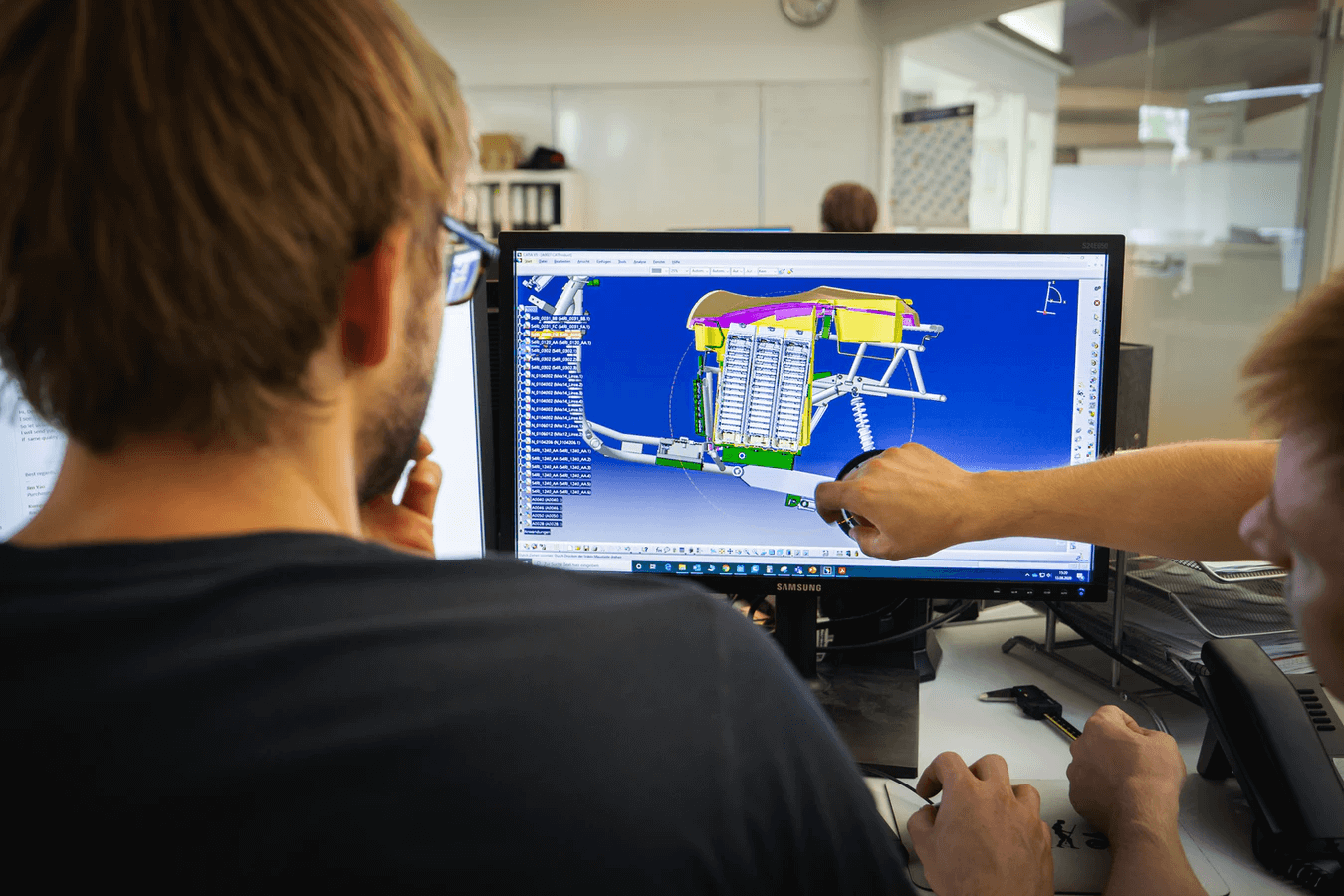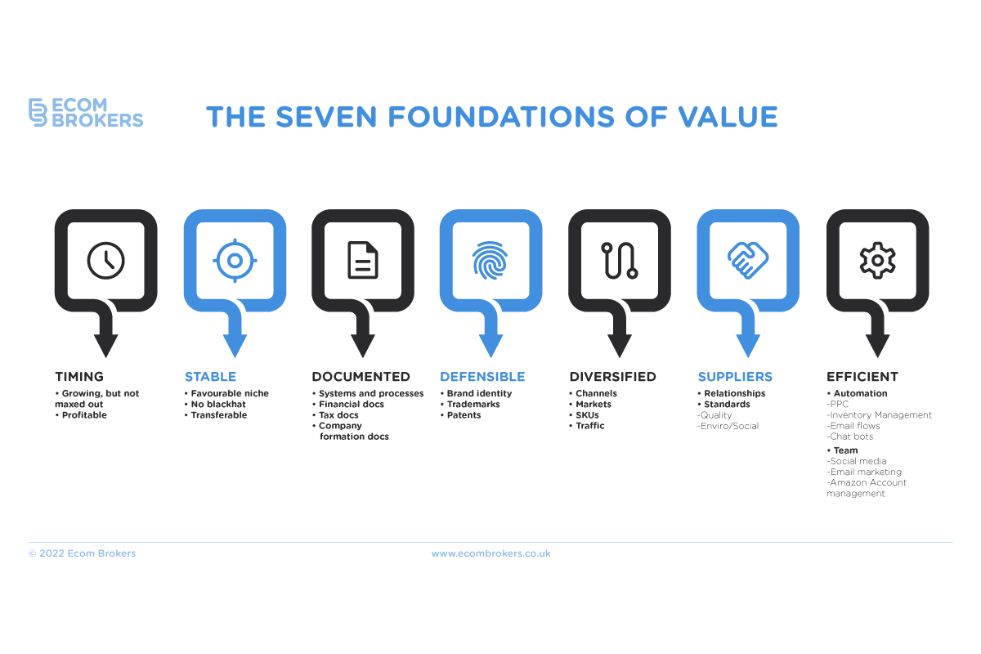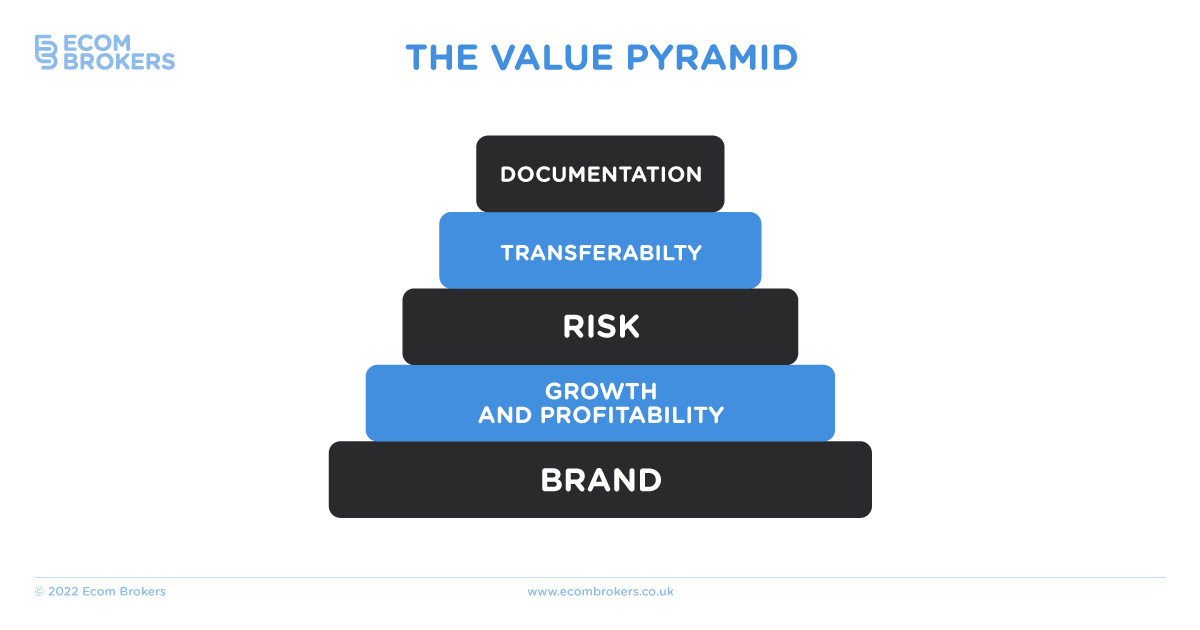
The Smart Way To Develop Products For eCommerce
One of the things that get overlooked whenever a budding entrepreneur plans to launch an eCommerce store is product development. We focus so much on selling other people’s products that we forget to develop our own.
And yet product development can not only be crucial to propping up your store, but it can also be the one thing that helps you stand out from your rivals by allowing you to sell something unique that no one else is selling.
The thing is, though, while it’s easy to view product development as something that’s damn tricky, it can actually be really simple if you do it the smart way.
What’s the smart way to develop products for eCommerce?
That’s exactly what we’re going to learn in this article.
But first …
Why Is It So Hard To Develop Products For eCommerce?
Each year, there are thousands of products for sale all around the world. Amazon has made it easier than ever for any of us to either come up with products of our own, or to sell other people’s products.
Developing your own products is exciting, and it can be hugely beneficial.
Why?
Mainly because you’ll have a unique product on your hands that no one else is selling. This already positions you as the market leader and you can also patent your product. There are literally so many opportunities here to change people’s lives and make huge profits at the same time.
The problem is that developing products for eCommerce is actually really tricky. Yes, the sky’s the limit in terms of what you can create, and yes you will enjoy higher margins than if you were selling someone else’s products. You’ll also find it easier to develop your own brand and develop that all-important brand awareness.
But there are problems that need to be overcome. For example, developing your own products means you might find it hard to create a new market. It also means you have to balance innovation with something everyone is already familiar with. That’s tricky. Innovation is important, but if your product is too different, who’s going to buy it? People buy things they’re familiar with.
They also buy things they need.
Lastly, product development is difficult because very few entrepreneurs involved in eCommerce define a flow of product delivery. This, coupled with the above factors, often means most entrepreneurs struggle to develop their own products. And oftentimes, they simply don’t bother.
And I’m not going to lie to you – product development for eCommerce is definitely challenging. But this is why we’ve come up with a smarter way to do it. Let’s take a look at what this is.
Take a Look At Your Supply Chain
The first thing you should do is take a good look at your supply chain. For one thing, do you know where the small brands you’re buying are getting their materials from? If they’re sourcing their materials from some random guy down the market, it’s bad news for you.
You should also take a look and see if you can spot any easy and fast wins that you can take advantage of right away. For example, are you currently getting the best deals/prices? Are you scaling in the right way? Maybe there are disparate products that you can bring together into the same factory?
By optimising your supply chain, you’ll have more buying power.
For instance, you might be able to slash 20% off your client’s product cost. That represents huge savings in the long run. Think about it: If you’re selling 1000 units each month and you’ve shaved 20% off your product costs, you could save as much as $2,000 each month if that 20% represents $2. Boom. Over the course of a year, your bottom line has just increased by $24,000.
And if you’re looking to sell your store at some point in the future, these savings will add more $$$ to your sale price.
Essentially, you want to check your supply chain and find ways that you can make it more efficient. It will boost your profits in the long term.
Identify The Products You Want To Sell
Now that your supply chain is better optimised, the next step is to find the right products that are going to sell. You can use tools to help you, such as Jungle Scout.
The process is easy enough, but it’s a smart idea to decide on a budget first, and then find products that fit it. This is better than letting product cost dominate your thinking. This way, you can diversify your products, while at the same time adding more value to your store.
However, if you’re looking to offer something different to what your rivals are currently offering, you’ll need to do a bit more thinking, planning and researching. It’s a good idea to take a look at current product reviews to find where the customer pain points are, and whether the products in question are doing a good job of fixing them.
Once you’ve selected your products, you should then send them to a test market and solicit feedback. This will give you an idea as to whether or not you’re on the right track with the product, as well as what works, what doesn’t work – and what needs changing. More on this soon. You can then ask your designers to make the necessary changes.
All of this will take anywhere between 3 and 6 months, and while that can seem like a long time, it’s necessary if you want to launch and sell quality products that people actually want to buy.
Do Better Research
When you think about it, an eCommerce store is only as strong as its product research.
For instance, let’s imagine that Amazon customers have latched onto a trendy new product and the keywords for this are going insane. This is exactly what happened a couple of years ago when the fidget spinners came out.
But instead of making one of these toys from scratch yourself, you could instead quickly turn to factory networks that are already producing them.
Essentially, you want to find the hot search terms before they boil over and burn out, and you also want to find products that are still in the manufacturing stage (in other words, they haven’t yet hit the market). This gives you the chance to get in there before your competitors, before selling the product for a profit as you “surf the wave.” You’re also basically “spying” on factories and their networks, and over time you’ll develop a keen eye for manufacturers and their products that are really going to take off.
Moreover, this also means that you don’t have to spend too much time developing your own products, which itself can be a costly and time-consuming exercise.
Overhaul Your Design Process
Product development can move really slowly, and one of the reasons for this is an inefficient design process. A designer might have a really great idea that you absolutely love, but actually putting these concepts into action and developing an action plan with your manufacturers? That’s a different story altogether.
You need to overhaul your design process if you’re going to win here. You can do this by having your designer begin with mockup sketches based on their conversation with you about your own product ideas. They don’t need to create a whole load of sketches just yet – just 2 or 3 will do for now. Then, when you’ve given them feedback and suggested a few tweaks, they can do the final rendering, which is going to be the inspiration for your blueprint.
If you go down this route, you’re already overhauling the design process because most designers usually do the rendering first and send it to you, before you finalise things with the manufacturer. But by adding a blueprint in there, you’re already one step ahead of the manufacturer – which is hugely beneficial.
See, if you don’t have a blueprint, the manufacturer will make things up on the spot. This is especially detrimental if they’re developing your products overseas because it means you can’t even pop along to the factory to see how things are going and offer input.
And while you could use Alibaba, you’re still playing yourself because you won’t have access to the right materials. Factories can easily take advantage of you if they can sense that you’re a newbie who’s a bit wet behind the ears. They will know that you’re – essentially – like a rabbit caught in headlights, and they’ll therefore take advantage. This won’t be the case if you have a blueprint prepared in advance.
Moreover, a blueprint ensures that your vision is shared, and executed by the factory. They will create what you want them to create.
Think About Pricing
One of the things that often gets missed in product development is pricing. But if you’re going to develop products the smart way, you need to think about pricing as soon as possible.
Here are some questions to consider:
- What would be a reasonable price for your product?
- To make money, do you want to sell directly to the customer, or through a third party?
- In total, how much money would it take to make a product?
It’s hard to give a clear and obvious rule of thumb for this one, but if you’re selling straight to the customer, your product needs to be produced (roughly) 1/3-1/2 of the final sale price.
You need to research in-depth, however, in order to paint a clear profile of current profit margins in your niche.
Whatever you do, pricing up your product early on is essential because the last thing you need is to sell a product at $10 – only to later realise that the cost of developing it is three times more!
Test Your Products
Before you take your products to market, you should test them on an audience. This is known as product testing (or user testing) and it’s a fundamental part of the process. By giving people the chance to try your product, you can generate useful feedback that allows you to understand more about your product, and whether or not it’s saleable just yet (or whether it needs some tweaks).
More importantly, product testing works because you’re not the user. So how do you really know how useful your product is?
In order to test your products, you first of all need to come up with a test plan. This involves knowing what is being tested (which specific features and functions) and how it’s measured. Create a list of questions you’d like your audience to answer about your product, such as whether it’s simple to understand.
Then, you need to ‘recruit’ some customers/users. You don’t need to spend a lot of time vetting people – in fact, you could ask your friends and family if they want to be your guinea pigs. However, you can also broaden your testing subjects but it’s important that you make it worth their while. For example, perhaps you can offer them an incentive in the form of a discount code, a free gift or even just a snack.
You’ll need to sort out a testing location, too. It’s not really a good idea to let people use your products out of sight because you won’t be able to read their body language. This is important because when you’re watching someone use your products, you can spot subtle signals, such as a confused face they’re making. Then, you can step in and ask if they’ve got a problem.
In-person testing is a good idea, but if you’re currently living in a part of the world that’s been placed under restrictions because of the pandemic, you can also use a remote video solution, such as Skype.
When it comes to the test itself, you definitely need to make sure you’ve got some questions prepared in advance that will help you understand more about your products. Don’t forget to thank your participants for their time, too, and make sure they understand that you’re not testing them – you’re testing the products.
Here are some questions you can ask that will help you develop better products:
- I noticed you looked a tad confused there – is something up?
- What appeals to you the most about this product?
- What did you find the most difficult with this product?
- Did anything surprise you about this product?
- Is there something missing? What do you feel would really benefit the product if it were added?
- Would you use this product as it is?
- What do you think this product’s biggest use is? How would it help you?
- Who do you think would buy this type of product?
Other Things To Consider
Factories and Manufacturing
Usually, an entrepreneur looks for a factory overseas that’ll produce their products. If they want to stay current and ensure high quality, they’ll visit their factories a couple of times a year. It’s a time consuming (and not to mention costly) way of doing things (even if you do get to see another part of the world!).
However, even if you develop products overseas, you don’t actually need to fly out to the factories yourself. Instead, you can hire locals to monitor quality control and other aspects of production.
Essentially, this is outsourcing. Naturally, outsourcing ‘factory relations’ isn’t quite the same as you flying out there and building a proper relationship yourself. But because it’s vital that your manufacturer has a face-to-face chat with someone related to your business, it’s a smart idea to outsource this aspect. You get to save time, and you can use that time to focus on other core aspects of your store.
That all said, I still suggest that you visit the factory yourself once a year, if just to maintain relationships with your manufacturers. By reducing your visits from two or three times per year to just one, you’re still saving money and you’re also building a relationship while ensuring product quality is good. After all, there’s no substitute for keeping a close eye on things yourself.
Trade Wars
Trade wars are, sadly, real things. And while you’d hope they wouldn’t affect eCommerce businesses – well, they do.
In fact, the U.S.-China trade war is very real right now, and I know lots of entrepreneurs who are worried that it’s going to have a negative effect on the way they develop their products.
Easy for me to say, “Move your product development operation to another country.”
The problem is that China is so important to us because it’s easier to manufacture there. They have a greater number of raw materials. If, for example, you shifted your operations to Vietnam because you thought it was cheaper, you would have to spend more time and money importing those essential raw materials.
It’s easy to look at Nike and say “bit they’re shifting away from China,” which is true. But Nike has the money to do that – many of us don’t. If you’re a modest seller on Amazon, moving your operations is going to cost you too much money, and it could also mean you spend a lot of time offline.
While the trade war is real and frustrating, doing business in China is still cheaper than doing business elsewhere. If you’re worried about the costs of a trade war, talk to your manufacturer about negotiating a price reduction.
Shipping
Designing and developing new products for eCommerce can be a lot of fun. But you know what isn’t so much fun? Shipping.
Yup, if you’re relying on Chinese manufacturers to prepare your products for sale, the next step is to transport them in their thousands to the U.S. (or wherever you’re based). And if you’re smart, you’ll want to do this as cheaply as you can.
I personally suggest that you get the word out there so that you attract as many bids as possible. It’s never a good idea to just run with the first quote you get. You should also be specific about how you load your containers to save money. For instance, if your factories are close together, you can put separate client shipments into the same container.
Final Word
When it comes to developing new products, it’s always a smart idea to collaborate by getting some specialists involved. An expert designer can guide you through the entire process, which will help make it go more smoothly.
Collaboration is key to creating successful products, but make sure you follow all of the advice in this article to avoid major headaches.
Ready to sell your business for the best possible price? Click below to get started. No obligation, no hard sell. Just solid, professional advice.









